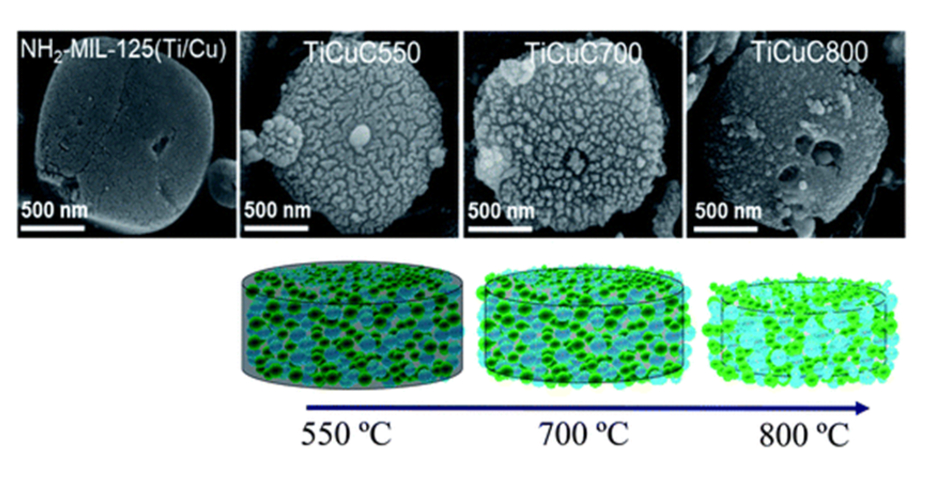Nanoengineering and Nanocomposites
Nanoengineering and Nanotechnology for the 21st century demands new types of “nano-bricks” with multiple functionalities. Here at Exeter we aim to create such novel functional materials, to understand the growth mechanisms, to assess their advanced mechanical and physical properties, and to apply these interesting nanomaterials for practical engineering applications in diverse areas ranging from the detection of toxins to hydrogen energy storage, ultra-tough shockwave absorbing components, and even graphene reinforced concrete.
We are developing a range of carbon-based nanocomposites for a number of important technological applications, from energy conversion and storage to sensors and hydrogen fuel cells.

NEST researchers are also developing novel oxide and sulphide based nanocomposites and ceramics for applications ranging from energy storage to electrochromic devices and cancer cell imaging.

Concrete is strong in compression but weak in tension, and its manufacture is a big global source of CO2 emissions. NEST researchers have discovered a surprising way of alleviating all of these issues – by introducing graphene into the concrete fabrication process. We call this new invention ‘Concrene’, and have formed a spin-out company to develop this exciting breakthrough.

We are also developing high performance magnetic composites, for applications ranging from motors for electric cars, to high temperature permanent magnets and novel sensors.

People
NEST academics working in the area of memory and computing materials and devices include the following:

